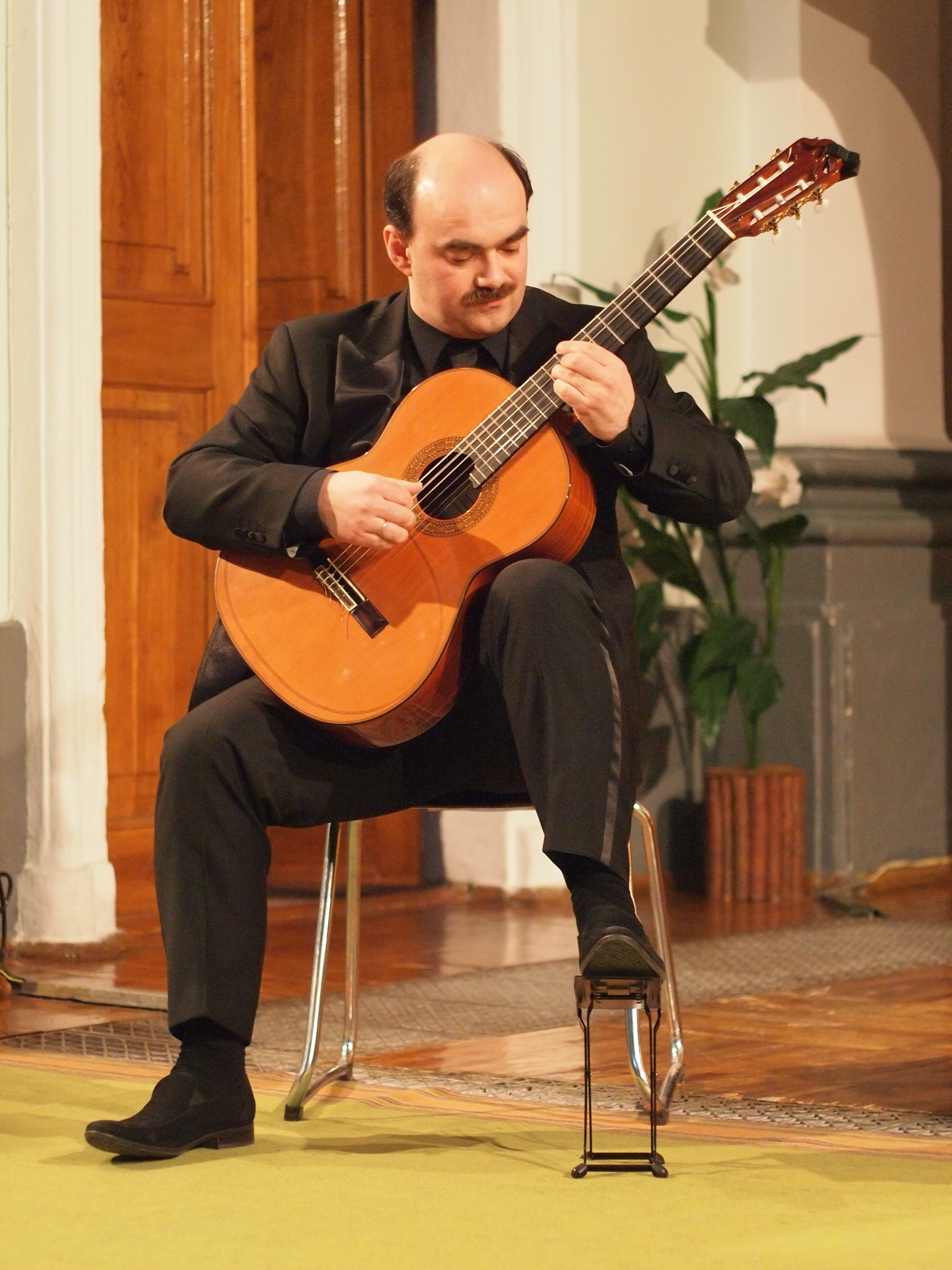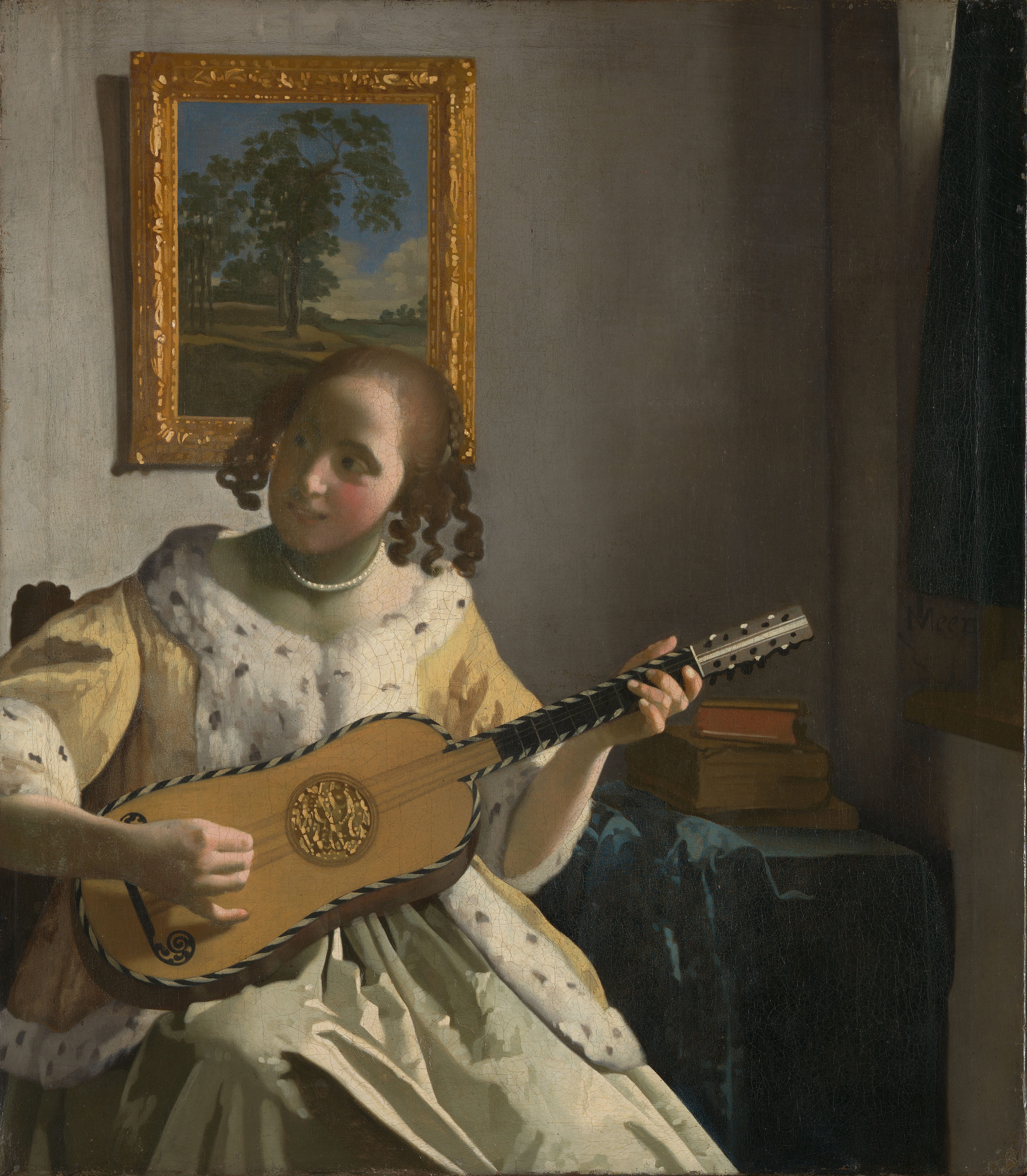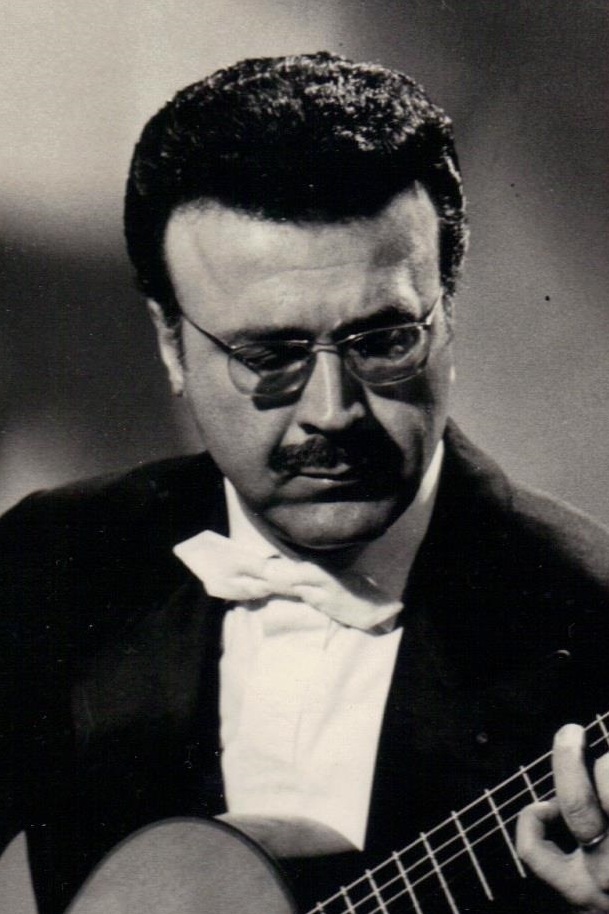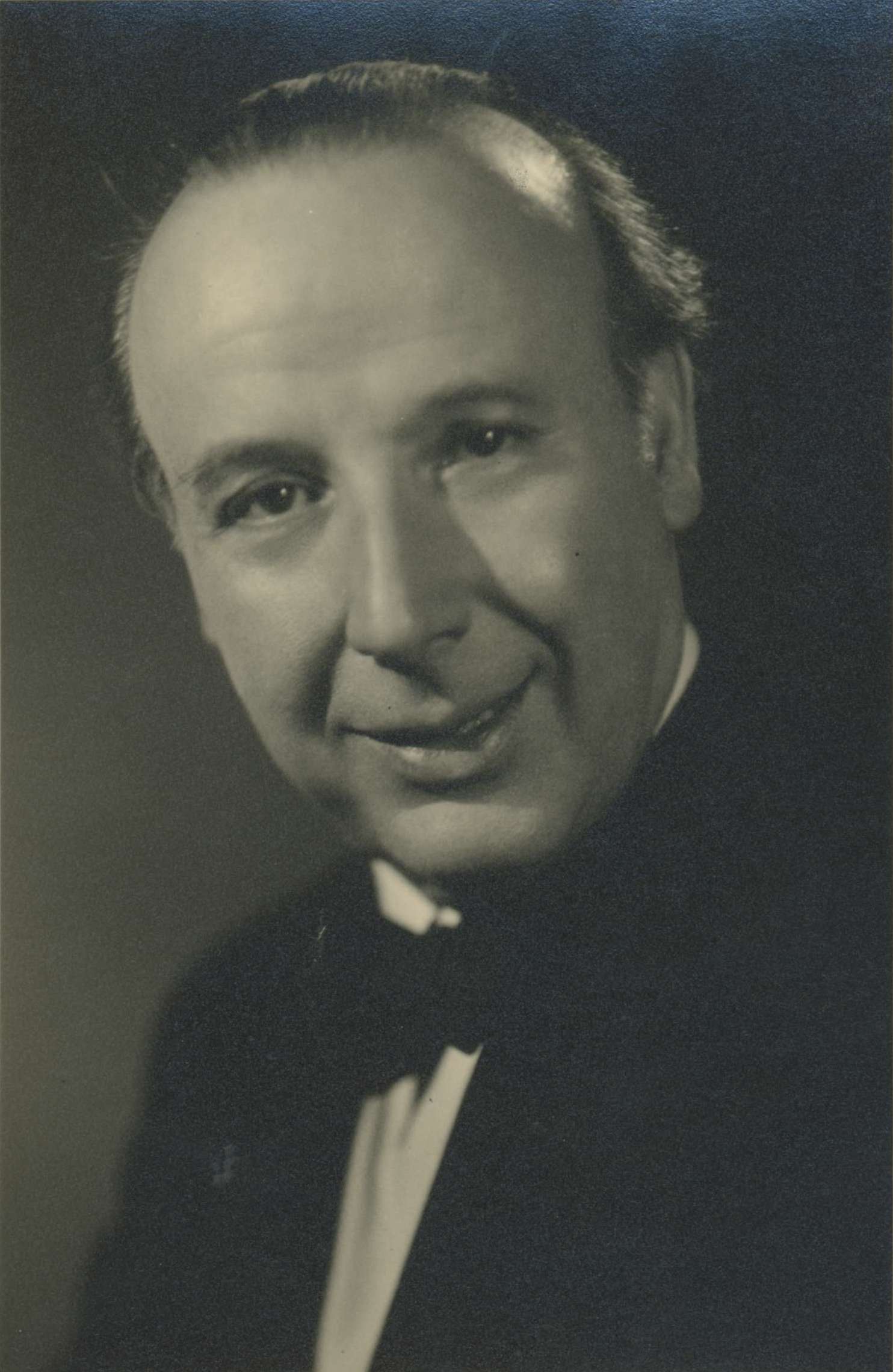|
Classical Guitar Technique
In classical guitar, the right hand is developed in such a way that it can sustain two, three, and four voice harmonies while also paying special attention to tone production. The index (i), middle (m), and ring (a) fingers are generally used to play the melody, while the thumb (p) accompanies in the bass register adding harmony and produces a comparable texture and effect to that of the piano. The classical guitar is a solo polyphonic instrument, and it is difficult to master. Classical guitar techniques can be organized broadly into subsections for the right hand, the left hand, and miscellaneous techniques. In guitar, performance elements such as musical dynamics (loudness or softness) and tonal/timbral variation are mostly determined by the hand that physically produces the sound. In other words, the hand that plucks the strings defines the musical expression. Historically, this role has been assigned to the dominant hand which, for the majority of players, is the right hand. ... [...More Info...] [...Related Items...] OR: [Wikipedia] [Google] [Baidu] |
Baroque Guitar
The Baroque guitar (c. 1600–1750) is a string instrument with five courses of gut strings and moveable gut frets. The first (highest pitched) course sometimes used only a single string. History The Baroque guitar replaced the Renaissance lute as the most common instrument found when one was at home. The earliest attestation of a five-stringed guitar comes from the mid-sixteenth-century Spanish book ''Declaracion de Instrumentos Musicales'' by Juan Bermudo, published in 1555. The first treatise published for the Baroque guitar was ''Guitarra Española de cinco ordenes'' (The Five-course Spanish Guitar), c. 1590, by Juan Carlos Amat. The baroque guitar in contemporary ensembles took on the role of a basso continuo instrument and players would be expected to improvise a chordal accompaniment. Several scholars have assumed that the guitar was used together with another basso continuo instrument playing the bass line. However, there are good reasons to suppose that the guitar ... [...More Info...] [...Related Items...] OR: [Wikipedia] [Google] [Baidu] |
Tremolo
In music, ''tremolo'' (), or ''tremolando'' (), is a trembling effect. There are two types of tremolo. The first is a rapid reiteration: * Of a single Musical note, note, particularly used on String instrument#Bowing, bowed string instruments, by rapidly moving the bow back and forth; plucked strings such as on a harp, where it is called ''wikt:bisbigliando, bisbigliando'' () or "whispering". Tremolo picking, on traditionally plucked string instruments including guitar and mandolin, is the rapid articulation of single notes or a group of notes with a plectrum (pick) or with fingers. Tremolo playing sustains notes that would otherwise rapidly decay (fade to silence). * Between two notes or chords in alternation, an imitation (not to be confused with a trill (music), trill) of the preceding that is more common on keyboard instruments. Mallet instruments such as the marimba are capable of either method. * A drum roll, roll on any percussion instrument, whether tuned or untuned. ... [...More Info...] [...Related Items...] OR: [Wikipedia] [Google] [Baidu] |
Catgut
Catgut (also known as gut) is a type of cord that is prepared from the natural fiber found in the walls of animal Gut (anatomy), intestines. Catgut makers usually use sheep or goat intestines, but occasionally use the intestines of cattle, Domestic pig, hogs, horses, mules, or donkeys. Despite the name, catgut is not made from cat intestines. Etymology The word ''catgut'' may have been an abbreviation of the word "cattlegut". Alternatively, it may derive by folk etymology from ''kitgut'' or ''kitstring'' — the dialectal word ''kit'', meaning fiddle, having at some point been confused with the word ''kit'' for a young cat, the word "kit" being possibly derived from Welsh language, Welsh. Common uses Stringed instruments For a long time, catgut was the most common material for the strings (music), strings of harps, lutes, violins, violas, cellos, and double basses, acoustic guitars and other String instrument, stringed musical instruments, as well as older marching snare drums. ... [...More Info...] [...Related Items...] OR: [Wikipedia] [Google] [Baidu] |
Classical Guitarists
This is a list of classical guitarists. Baroque (17th and 18th centuries) 19th century 20th century https://www.youtube.com/channel/UCXAPUbFDFJfxY2qijBIG2Og?view_as=subscriberModern See also * List of flamenco guitarists References {{Portal bar, Classical music, Lists Classical Classical guitar ... [...More Info...] [...Related Items...] OR: [Wikipedia] [Google] [Baidu] |
Fingerboard
The fingerboard (also known as a fretboard on fretted instruments) is an important component of most stringed instruments. It is a thin, long strip of material, usually wood, that is laminated to the front of the neck of an instrument. The strings run over the fingerboard, between the nut and bridge. To play the instrument, a musician presses strings down to the fingerboard to change the vibrating length, changing the pitch. This is called '' stopping'' the strings. Depending on the instrument and the style of music, the musician may pluck, strum or bow one or more strings with the hand that is not fretting the notes. On some instruments, notes can be sounded by the fretting hand alone, such as with hammer ons, an electric guitar technique. The word "fingerboard" in other languages sometimes occurs in musical directions. In particular, the direction ''sul tasto'' (Ital., also ''sulla tastiera'', Fr. ''sur la touche'', G. ''am Griffbrett'') for bowed string instruments to play ... [...More Info...] [...Related Items...] OR: [Wikipedia] [Google] [Baidu] |
Nail (anatomy)
A nail is a claw-like plate found at the tip of the Finger, fingers and Toe, toes on most primates. Nails correspond to the claws found in other animals. Fingernails and toenails are made of a tough protective protein called alpha-keratin, which is a polymer. Alpha-keratin is found in the hooves, claws, and horns of vertebrates. Structure The nail consists of the nail plate, the nail matrix and the nail bed below it, and the grooves surrounding it. Parts of the nail The matrix, sometimes called the ''matrix unguis'', keratogenous membrane, nail matrix, or onychostroma, is the active Tissue (biology), tissue (or Germ layer, germinal Matrix (biology), matrix) that generates cells, which harden as they move outward from the nail root to the nail plate. It is the part of the nail bed that is beneath the nail and contains nerves, lymph and blood vessels. The matrix produces cells that become the nail plate. The width and thickness of the nail plate is determined by the size, length, ... [...More Info...] [...Related Items...] OR: [Wikipedia] [Google] [Baidu] |
Flamenco
Flamenco (), in its strictest sense, is an art form based on the various folkloric music traditions of southern Spain, developed within the gitano subculture of the region of Andalusia, and also having historical presence in Extremadura and Murcia. In a wider sense, it is a portmanteau term used to refer to a variety of both contemporary and traditional musical styles typical of southern Spain. Flamenco is closely associated to the gitanos of the Romani ethnicity who have contributed significantly to its origination and professionalization. However, its style is uniquely Andalusian and flamenco artists have historically included Spaniards of both gitano and non-gitano heritage. The oldest record of flamenco music dates to 1774 in the book ''Las Cartas Marruecas'' by José Cadalso. The development of flamenco over the past two centuries is well documented: "the theatre movement of sainetes (one-act plays) and tonadillas, popular song books and song sheets, customs, studies of ... [...More Info...] [...Related Items...] OR: [Wikipedia] [Google] [Baidu] |
Rasgueado
Rasgueado (also called Rageo (spelled so or Rajeo), Rasgueo or Rasgeo in Andalusian dialect and flamenco jargon, or even occasionally Rasqueado) is a guitar finger strumming technique commonly associated with flamenco guitar music. It is also used in classical and other fingerstyle guitar picking techniques. The rasgueado is executed using the fingers of the strumming hand in rhythmically precise, and often rapid, strumming patterns. The important characteristic of this strumming style is the fingernail (outer) side of the finger tips (as opposed to their fleshy inner side) is also used, and in such case, in reverse of the way it is done when the fleshy side of the finger tips is used, namely downward (index, middle, ring and little finger) and upward (thumb). History Prior to the 19th century, the terms ''battuto'' (from the Italian) or ''golpeado'' were sometimes used to describe the technique."Rasgueado". ''The New Grove Dictionary of Music and Musicians''. 2nd edition, Oxfor ... [...More Info...] [...Related Items...] OR: [Wikipedia] [Google] [Baidu] |
Alexander Lagoya
Alexandre Lagoya (29 June 1929 – 24 August 1999) was a French classical guitarist and composer. His early career included boxing and guitar, and as he cites on the sleeve of a 1981 Columbia album, his parents hoped he would outgrow his predilection for both. Life and career ] Lagoya was born in Alexandria, Egypt, to a Greek father and an Italian mother. By 1955, when he married the French guitarist Ida Presti, his career had already begun. On the sleeve of his 1981 record with Columbia, Lagoya pays deep tribute to Presti and admits that after her premature death he was unable to play for years. He returned to the guitar as a teacher, tutoring among other famous guitarists the Canadian virtuoso Liona Boyd (who claims in her autobiography that she was also his lover). In the early 1980s, aged 52, he burst back on the international scene with a record for Columbia and an international tour. Lagoya played a variety of works for guitar, performing concerts and recording albums, often ... [...More Info...] [...Related Items...] OR: [Wikipedia] [Google] [Baidu] |
Ida Presti
Ida Presti (31 May 1924 – 24 April 1967) was a French classical guitarist and composer. She first came to prominence as a child prodigy, before maturing into what Alice Artzt has called "the greatest guitarist of the 20th century, and possibly of all time."Alice Artzt: ''Ida Presti — Another Point of View'', in: ''Classical Guitar'', August 2007, p. 28. Life and career Early life Presti was born Yvette Montagnon in Suresnes, a suburb of Paris, France, to a French father and Sicilian mother. Her father, Claude Montagnon, was her first teacher, and he thought that "Ida Presti" sounded better than 'Yvette Montagnon' (Presti came from her mother's name, Olga-Gracia Lo Presti). She also studied harmony and music theory with guitarist and luthier Mario Maccaferri. Presti played in public for the first time when she was eight, and gave her first full-length concert at the age of ten, on 28 April 1935 at the Salle Pleyel in Paris.Eleftheria Kotzia: "Wish You Were Here: Ida Presti 19 ... [...More Info...] [...Related Items...] OR: [Wikipedia] [Google] [Baidu] |
Lute
A lute ( or ) is any plucked string instrument with a neck and a deep round back enclosing a hollow cavity, usually with a sound hole or opening in the body. It may be either fretted or unfretted. More specifically, the term "lute" can refer to an instrument from the family of European lutes. The term also refers generally to any string instrument having the strings running in a plane parallel to the sound table (in the Hornbostel–Sachs system). The strings are attached to pegs or posts at the end of the neck, which have some type of turning mechanism to enable the player to tighten the tension on the string or loosen the tension before playing (which respectively raise or lower the pitch of a string), so that each string is tuned to a specific pitch (or note). The lute is plucked or strummed with one hand while the other hand "frets" (presses down) the strings on the neck's fingerboard. By pressing the strings on different places of the fingerboard, the player can sho ... [...More Info...] [...Related Items...] OR: [Wikipedia] [Google] [Baidu] |
Emilio Pujol
Emilio Pujol Vilarrubí (or ''Emili''; 10 September 1886 – 21 November 1980) was a Spanish composer, guitarist and a leading teacher of the classical guitar. Biography Emili Pujol was born in the little village of Granadella just outside Lleida, Spain. He began his studies with Francisco Tárrega in 1902, when he was sixteen years of age. At this time, Miguel Llobet was making his debut as a concert artist outside Barcelona. Pujol fondly remembered his first encounter with Tárrega and in his biography of his teacher, he described his ''mestre'' in very endearing, romantic terms. During the war years 1914–1918 he did not travel much and mainly remained in Catalonia. In 1918 he undertook his first tour of South America, starting in Buenos Aires. The only major interruptions in his concert travels were his marriage to Matilde Cuervas in Paris, an Andalusian flamenco guitarist, and the period of time he devoted to historical research in Paris into the instrumental predecessors ... [...More Info...] [...Related Items...] OR: [Wikipedia] [Google] [Baidu] |







